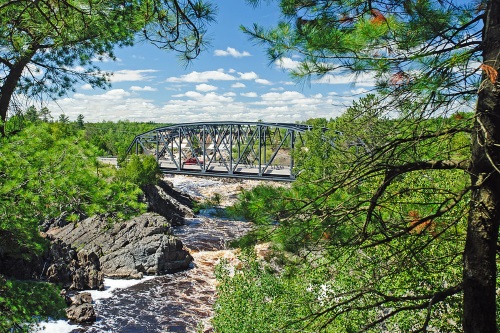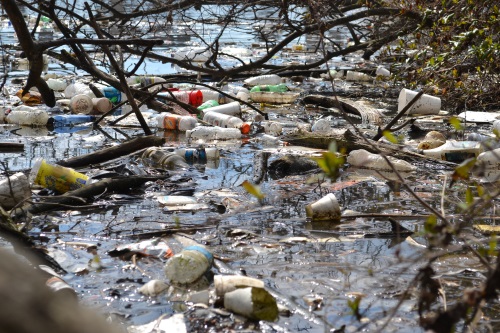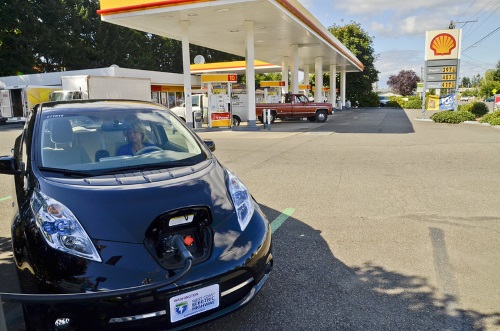A roundup of headlines curated for state transportation environmental professionals
Tell us what you think of the new ETAP Newsletter by taking this short survey!
AASHTO NEWS
Second Step Taken to Finalize New WOTUS Rule – AASHTO Journal
COVID-19
Is Coronavirus Reducing Noise Pollution? – Forbes
Coronavirus is not just a health crisis — it’s an environmental justice crisis – Grist
Filling a post-coronavirus commuting void with bike lanes: Working at home – Cleveland Plain Dealer (Ohio)
COVID19: smart mobility goes viral – 2025 AD (Commentary)
Environmental Justice During COVID-19: Communities bear extra burden – GreatLakesNow (Michigan)
McEachin Letter Urges HHS to Address Disparities in COVID-19 Outcomes for Environmental Justice Communities – Congressman Donald McEachin – House.gov (Virginia)
FEDERAL ACTION
All Projects Being Constructed Under Nationwide Permit 12 at Risk – JD Supra
EPA restores state water quality standards – The Lens (Washington)
Trump’s rewrite is finalized. What happens now? – E&E News
Unmanned Aerial Systems – FHWA
U.S. Transportation Officials Seek Alternative Tech for GPS – IEEE Spectrum
EPA finalizes rule officials fear will allow pollution of streams and wetlands – Colorado Springs Indy (Colorado)
TRB RESOURCES
Transportation, Environment, and Energy: An Integrated Research Symposium – Will not be held as scheduled – TRB
TRB Webinar: What Role Does Ecology Have in Sustainable Transportation? – TRB
TRB Webinar: Designing landscapes to enhance roadside water management – TRB
TRB Webinar: The intersection between health and transportation – TRB
NEPA
Stimulating Clean Infrastructure Through NEPA Reform – RealClear Energy
Environmental lawyer reflects on 50th anniversary of NEPA – ROI-NJ.com (New Jersey)
Close to Home: Don’t gut America’s fundamental environmental law – Press-Democrat (Commentary) (California)
California awards $500 million in transit and rail project grants – Mass Transit
Draft PEA On Snow, Soil Moisture Monitoring Network In The Upper Missouri River Basin Available For Comment – Yankton Daily Press and Dakotan (North Dakota)
Port NOLA Board of Commissioners Adopts PIER Plan – WGNO-TV (Louisiana)
INFRASTRUCTURE RESILIENCE AND SUSTAINABILITY
Wood energy as a climate change solution – The Hill (Opinion)
Using Millions of Maggots to Slow Down Climate Change – Bloomberg Green (Subscription Required)
New Systems of Governance Are Needed to Address Climate Change – Government Executive
The Health Emergency That’s Coming to West Louisville – CityLab (Commentary) (Kentucky)
Ann Arbor council not ready to adopt A2Zero carbon-neutrality plan – MLive.com (Michigan)
Without fanfare, Houston unveils Climate Action Plan, shooting for carbon neutrality by 2050 – Houston Chronicle (Subscription Required (Texas))
State: Climate change to impact infrastructure, livestock, water – GoErie.com (Pennsylvania)
Bold investments in clean energy and transportation infrastructure will help lead us out of a recession – CalMatters (Commentary) (California)
Senate Committee Bills Would Steer Billions To Water Infrastructure – Waterways Journal
Florida’s climate change efforts ‘disjointed,’ former state resilience officer found – Tampa Bay Times (Florida)
Sunrise GW signs Earth Day letter supporting path to cut D.C. greenhouse gas emissions – The GW Hatchet (District of Columbia)
In the ‘climate refuge’ city of Duluth, a fight brews over the hometown utility – MinnPost (Minnesota)
50 years later, Earth Day’s unsolved problem: How to build a more sustainable world – MSN
50 Years of Earth Day: What’s Better Today, and What’s Worse – New York Times (Subscription Required)
ASU achieves carbon neutrality, ranked among most sustainable universities in the world – ASU Now (Arizona)
Earth Day 2020: Corvias Partnerships Supports Resiliency, Sustainability and Energy Independence – Olean Times Herald (Subscription Required)
AIR QUALITY
Air quality in US dramatically worse than in prior years, says new ‘State of the Air’ report – CNN
Washington has its cleanest spring air in 25 years: How air quality has improved during the coronavirus crisis – The Washington Post (Subscription Required)
Princeton scientist solves air quality puzzle: Why is ozone pollution persisting in Europe despite environmental laws banning it? – Princeton University
The coronavirus crisis means we may have already reached peak carbon – CNBC
Pioneering the possibilities: N.J.’s energy and resource leaders pave way for a clean, green future – Jersey’s Best (New Jersey)
ENVIRONMENTAL JUSTICE
Washington State AG Ferguson Rolls Out Environmental Justice Initiative in Honor of Earth Day – Gonzaga University (Washington state)
SFR Elements: A look at disproportionate environmental impacts – Santa Fe Reporter (New Mexico)
An Earth Day Conversation About Environmental Justice With Pioneer Vernice Miller-Travis – Union of Concerned Scientists (Blog)
HEALTH AND HUMAN ENVIRONMENT/ACTIVE TRANSPORTATION
TAAR helps fund Norte program – Traverse City Record-Eagle (Michigan)
Billings trails connecting community to outdoors in time of pandemic – Billings Gazette (Montana)
SF Opens Select Streets to Pedestrians, Bicyclists Amid Pandemic – KNTV-TV video (California)
Could better measures mean better management for urban micro-mobility options? – Mass Transit
Connecticut DOT Marks Earth Day 2020 – The Newtown Bee (Connecticut)
WATER QUALITY/WETLANDS
Establishing a statewide water quality database – High Plains Journal (Kansas) (Subscription Required)
New Opportunity: Prairie Pothole Water Quality and Wildlife Program – NewsDakota.com (North Dakota)
WILDLIFE & ECOSYSTEMS
Fresh Forest Regrowth May Offset Climate Hit From Australia Fires – Bloomberg Green (Subscription Required)
Lake Elsinore at highest level since 2012 after rising 6 feet – The Press-Enterprise (California)




